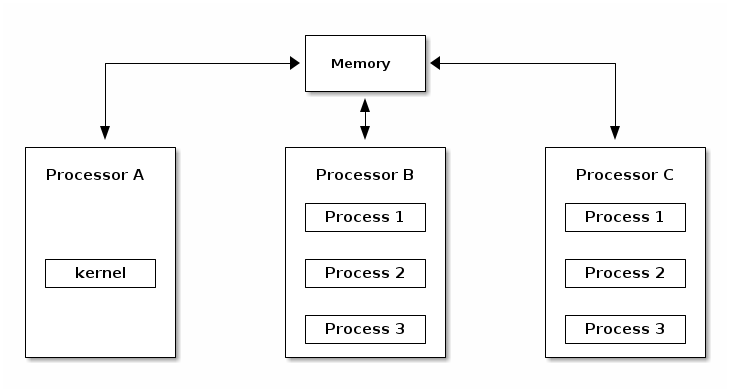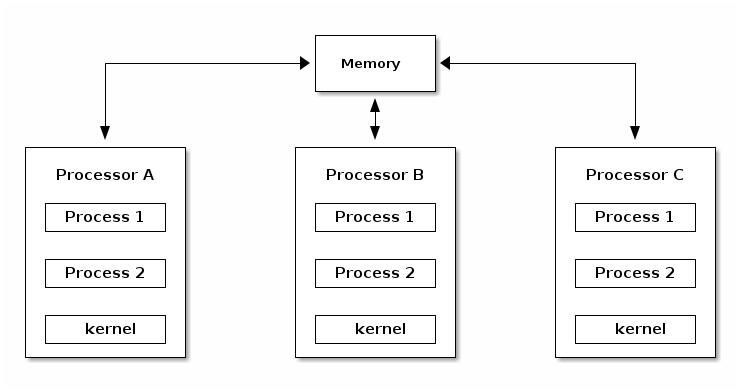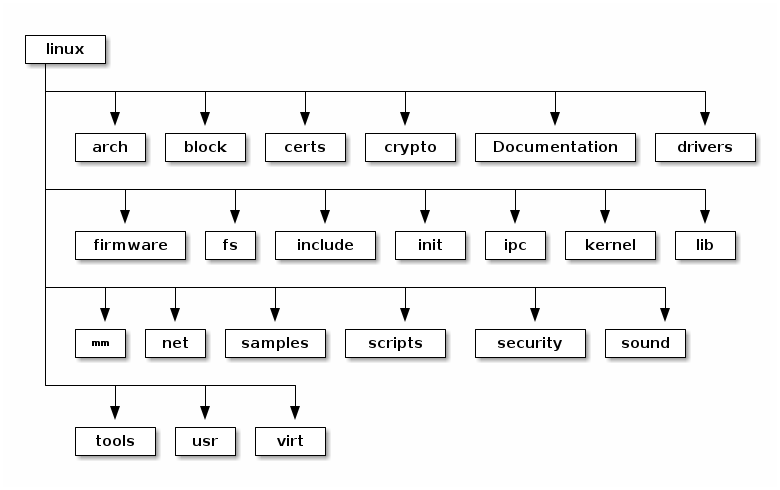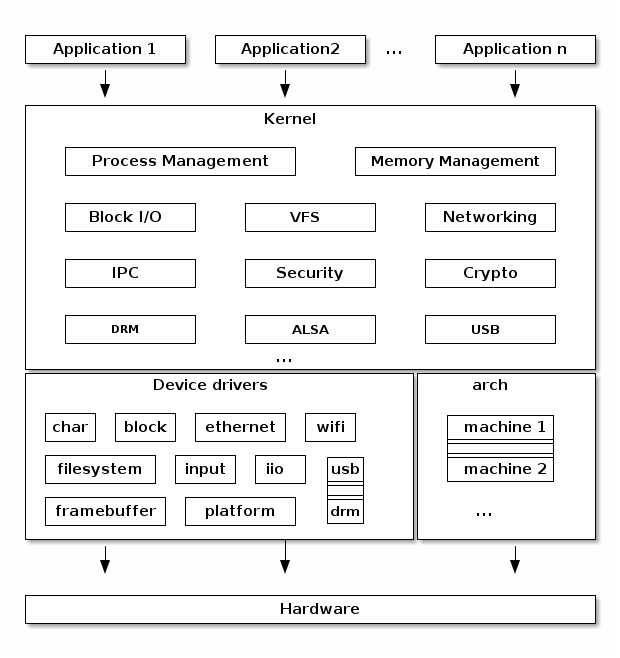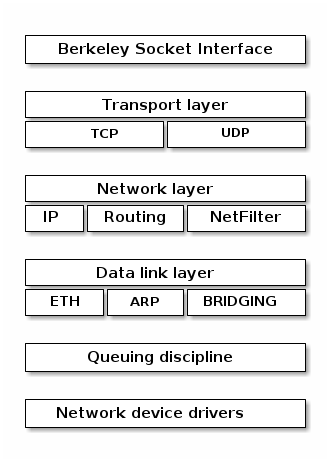Introduction
- Basic operating systems terms and concepts
- Overview of the Linux kernel
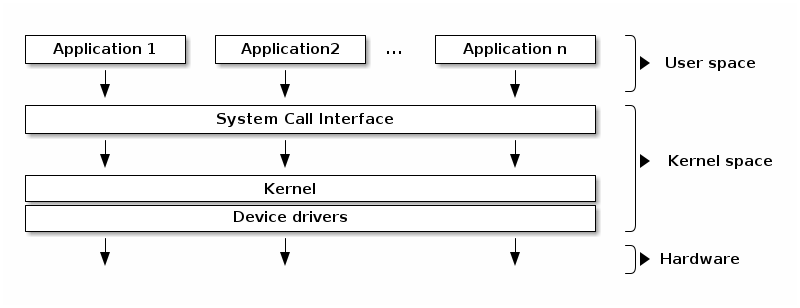
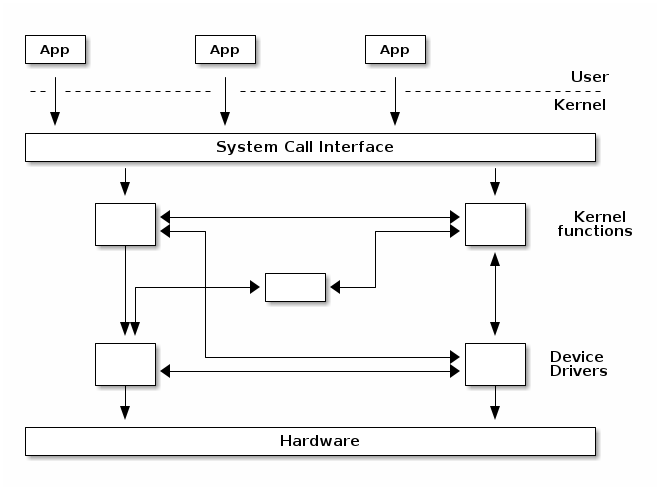
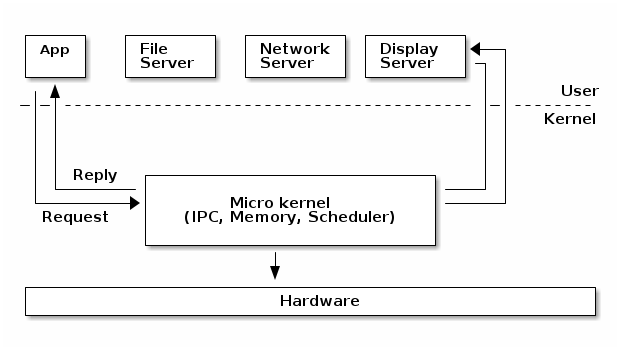
Many operating systems and kernel experts have dismissed the label as meaningless, and just marketing. Linus Torvalds said of this issue:
"As to the whole 'hybrid kernel' thing - it's just marketing. It's 'oh, those microkernels had good PR, how can we try to get good PR for our working kernel? Oh, I know, let's use a cool name and try to imply that it has all the PR advantages that that other system has'."
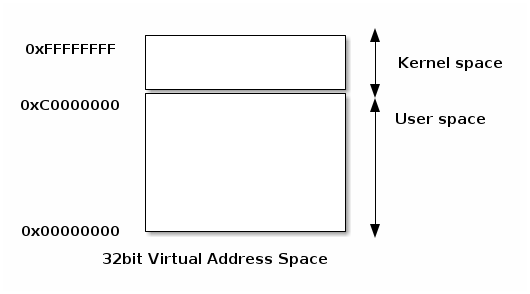
Preemptive multitasking and preemptive kernels are different terms.
A kernel is preemptive if a process can be preempted while running in kernel mode.
However, note that non-preemptive kernels may support preemptive multitasking.
A kernel supports pageable kernel memory if parts of kernel memory (code, data, stack or dynamically allocated memory) can be swapped to disk.
Each process has a kernel stack that is used to maintain the function call chain and local variables state while it is executing in kernel mode, as a result of a system call.
The kernel stack is small (4KB - 12 KB) so the kernel developer has to avoid allocating large structures on stack or recursive calls that are not properly bounded.
